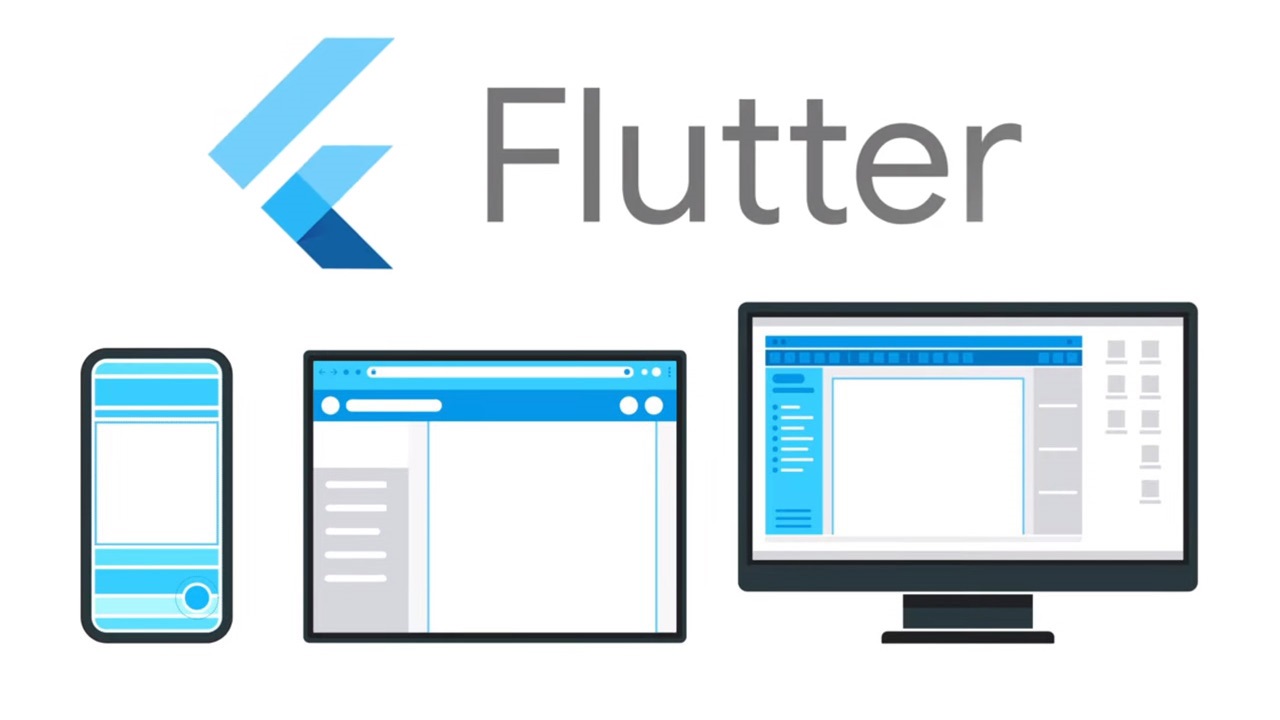 APPS
APPS
 APPS
APPS
 APPS
APPS
Flutter, Google LLC’s multiplatform open-source app development framework, showcased some upcoming developments for the project during the Flutter Forward developer event today in Nairobi, Kenya, that demonstrated how the framework aims to help developers build apps in the future.
Flutter acts as a user interface toolkit for developers to rapidly build apps for mobile, web and desktop by writing a single codebase – which means that it needs to be written only once to be deployed for all of those devices. As a result, it makes app development highly portable.
According to Tim Sneath, product lead for Flutter at Google, Flutter has more than 700,000 published apps to date and there are now more than million Flutter developers. That makes Flutter one of the top three open-source projects based on contributors.
In order to continue this progress of making Flutter a powerful tool for developers, Google is focusing on bringing improved graphics and visual appearance to the toolkit. That will be done with a rewrite of Impeller, a graphics engine optimized specifically for Flutter that provides predictable performance through hardware-accelerated graphics. It takes advantage of primitives present in Metal and Vulkan, which are present in iOS and Android.
“Historically, cross-platform frameworks have required compromise on visuals, due to the challenges of creating an abstraction layer,” said Sneath. “Flutter has taken a different approach than most, with its own rendering layer that offers hardware-accelerated graphics and a consistent visual appearance on every device.”

Impeller will now offer support for custom shaders that will allow developers to create new effects inside their apps, such as diffuse glows and “god-rays” jumping out of objects and text. The team is starting early work on supporting 3D with Flutter as well, allowing developers to import models created in Blender.
Interoperability between Flutter and Dart code – the language commonly used for Flutter apps – so the team also showed off a number of new ways to integrate projects into other frameworks and code.
For the web, developers will gain access to a new capability known as “element embedding.” That allows Flutter to be easily embedded into web pages as content as a “<div>” tag. When it’s embedded in this way, the Flutter app becomes a standard web component. The team is also beginning to work on a new package called “js,” which will provide interoperability between Dart and JavaScript code.
When it comes to upcoming architectures and software, the Flutter team wants to give developers the opportunity to bring their apps to new devices and software as they come out.
As a result, Flutter has unveiled support for WebAssembly, an improvement on JavaScript that allows compilation to a binary format so that it runs faster. By supporting it, Flutter apps can be compiled into WebAssembly binaries that can be interpreted by supported web browsers such as Chrome, giving them faster load and run times.
The team also has begun work on support for RISC-V, an increasingly popular open standard instruction set architecture. As an open-source standard, RISC-V architectures are emerging in a multitude of applications including consumer apps, “internet of things” devices, automotive, industrial, medical, telecommunications and others. As result, Dart now supports RISC-V as part of making it possible for Flutter to run on such devices as they become available.
“We believe RISC-V support will be of particular interest for embedded scenarios, where Flutter can provide a powerful UI toolkit for a diverse set of needs,” said Sneath.
Since developers are a central focus of Flutter as a framework, Google also formally announced Dart 3 in alpha. It introduces a number of improvements to the programming language, including sound null safety, which helps developers can catch unintentional errors involving variables set to “null” before app deployment. The team also added productivity enhancements to the language, including records allowing developers to rapidly build and declare data structures, and patterns that allow developers to deconstruct composite data into its parts.
Developers can try out these new features in the DartPad interactive playground.
Media organizations also received a treat from the Flutter team with the first version of the news toolkit, which is designed to provide news publishers with everything they need to build mobile apps rapidly for their organizations to reach mobile users without needing to design one from scratch. The toolkit has everything needed to develop an article-centric app, including navigation, search, authentication, spaces for advertisement integration, notification, profiles and subscriptions.
Early adopters of the toolkit include a number of news publishers in Africa such as one of the largest news organizations in Morocco, Hespress; a popular Nigerian sports site, Bold Sports; and The Standard, the oldest newspaper in Kenya.
Support our mission to keep content open and free by engaging with theCUBE community. Join theCUBE’s Alumni Trust Network, where technology leaders connect, share intelligence and create opportunities.
Founded by tech visionaries John Furrier and Dave Vellante, SiliconANGLE Media has built a dynamic ecosystem of industry-leading digital media brands that reach 15+ million elite tech professionals. Our new proprietary theCUBE AI Video Cloud is breaking ground in audience interaction, leveraging theCUBEai.com neural network to help technology companies make data-driven decisions and stay at the forefront of industry conversations.